Buckle up and put your helmets on because we are heading out to the farm to learn about Domestic Sheep. This will be a fun and exciting trip and if you are lucky, you might even get to hear a few baaaaaaad puns! You are probably thinking that the domestic sheep can’t be that interesting since it has been influenced by man. If you stick around I will show you how these domestic sheep are different than their wild counterparts.
Currently it is estimated that their are over 1 billion sheep living on our great green earth. Most of these sheep are likely found on commercial sheep farms located in New Zealand, Australia, North America and the United Kingdom. I want you to think about that number for a second. One billion sheep are alive right now. To put this into perspective, the United States of America only has about 309 million people living there while India has a population slightly over 1 billion. Pretty crazy when you put that into perspective, eh?
This domestication has caused sheep to retain some of the traits that were normally an attribute of their young ones. Don’t worry, this isn’t that bad since humans experience the same thing. Our larger heads and late arrival of our teeth are examples of this phenomenon known as neoteny. Domestic sheep are also more colourful than wild sheep. The free and wild sheep are usually variations of brown (how boring) but domestic sheep can be white, brown or even spotted. This colouring is much more exciting if you ask me.
Farmed sheep still have some qualities that can be found in wild sheep. For instance their senses are similar. Sheep have good hearing and excellent peripheral vision. I think the most interesting sheep sense has to be their sense of smell. They actually have scent glands just in front of their eyes and on their feet! The reason for these uniquely placed scent glands is unknown, however, researchers predict that they play a role during mating. As well, it has been postulated that the scent glands on the feet help secrete a scent marker so lost sheep can find their way back to the flock. Too bad Hansel and Gretel didn’t have scent glands on their feet. And you thought domesticated sheep wouldn’t be interesting.
I hope you enjoyed today’s domestic version of Wild Facts! We will be back to close the week with a more wild animal tomorrow. Have a great day!


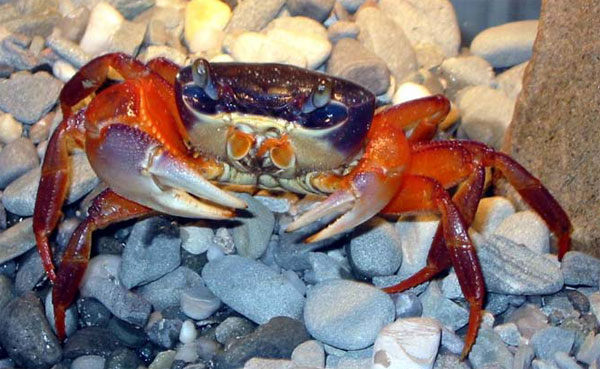
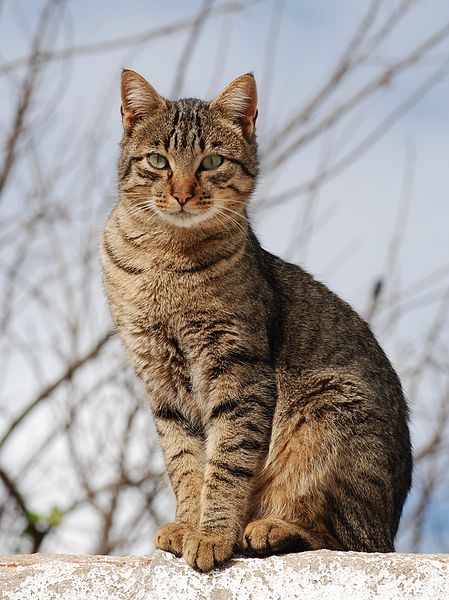
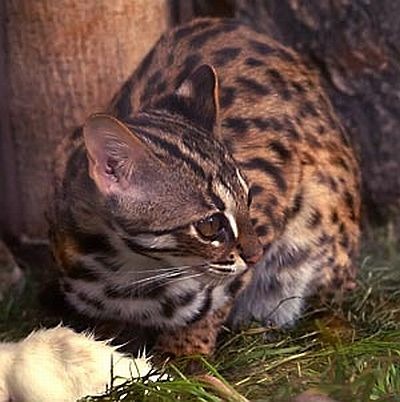
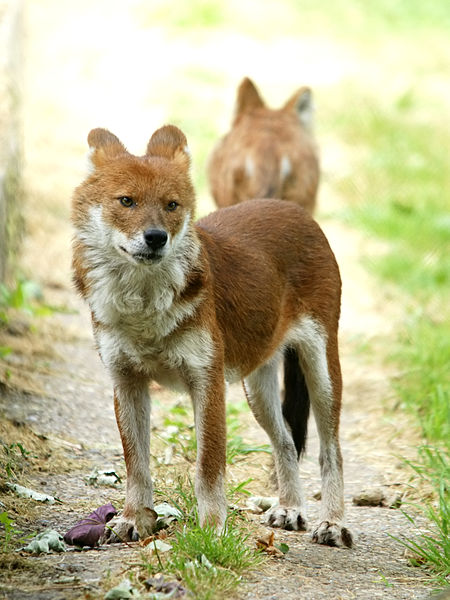
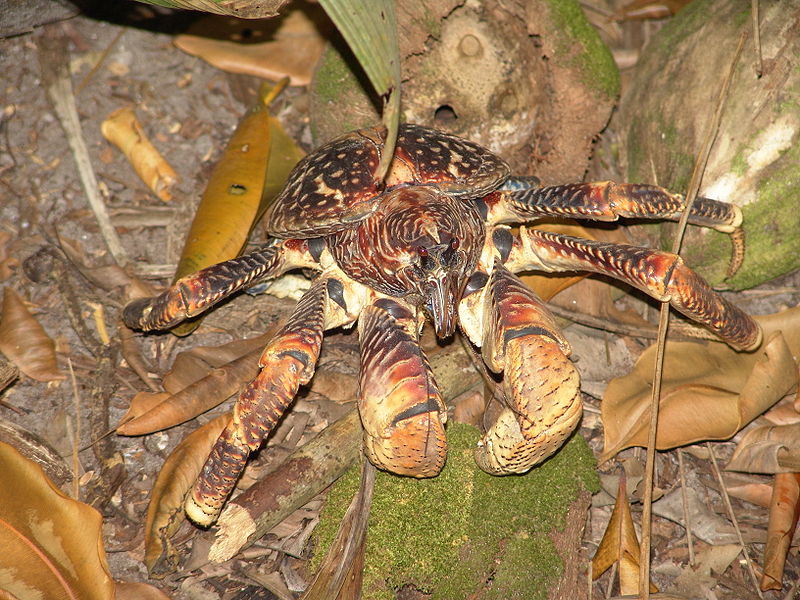
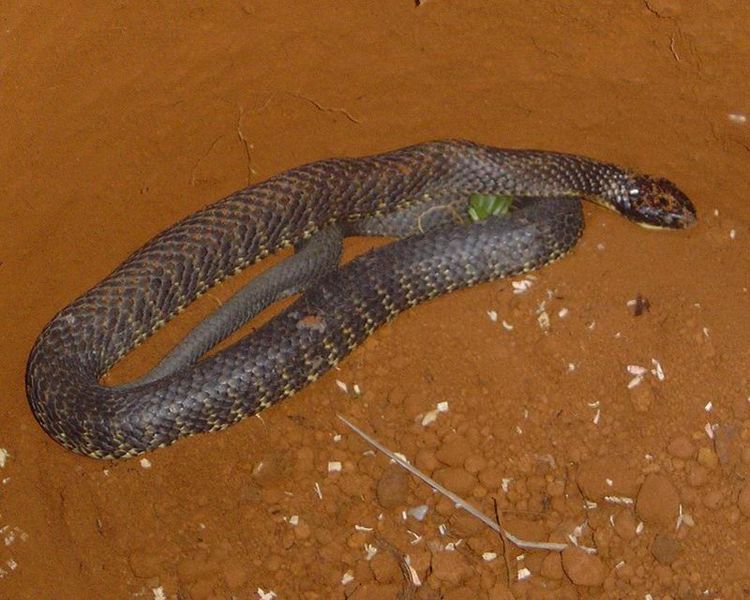
Wow what a change…I can’t believe no one has commented about it. I thought you were keeping your main picture. I do like this as well…very nice. They say change is good for the soul. Where are the number of countries visiting? Did you remove it or am I just not seeing it. Your font looks a little bit smaller for my old eyes…but than again it may be my old eyes.
The colours are very soft and muted….nice job! All kinds of different little things.
Yes, I am making some changes to the inside and outside of the site. I felt it was time to change up the feel of the site plus I wanted to add some features to make the site run smoother.
I have taken down a lot of the “gadgets” in an attempt to keep the site simple and uncluttered. We will see how it goes though. I am working on increasing the font size since it is tough for my younger eyes to read it.
Hope you enjoy the changes.
Hello!
You said “This domestication has caused sheep to retain some of the traits that were normally an attribute of their young ones”. I’m curious about which traits are retained.
Also, this might be a silly baaaaaashful question (get it??), but are these 1 billion sheep used mainly for their wool?
Thanks!
I was surprised that this question was not asked when I first posted the sheep fact. Thank you for asking.
The traits that are retained are simple, however, finding literature on the exact traits is difficult. The adult sheep’s social behaviour is a great example. Similar to the young staying around their parents, adult sheep stay close to home. Similarly, In the wild (where neoteny was not increased due to domestication) adult sheep are much more aggressive. Through domestication our farmed sheep have retained the qualities of the young and has such display less and kick less.
It is important to note that neoteny is fairly common in animals such as dogs, sheep, goats and humans. Basically, evolution has been slowed down through mate selection that has allowed these animals to retain juvenile traits through many generations.
This isn’t an easy topic to write about so I hope it is clear.
As far as your terrible pun. Those 1 billion sheep are used for their wool, meat and milk. That is a lot of meals and clothes!
Thank you! What an interesting concept!
I am so happy. I am glad you are asking me.Domestic Sheep is my exit project for mammals.So everybody had to pick different mammals.I just love Domestic Sheep,who ever seen dogs,and cat you have never saw a Domestic Sheep you are missing alot of animals.I have never seen it too but the place I see it is on the computer.So take it
serious you need to take some thing good.My god help you.
Thank you
Thanks for stopping by Wild Facts, Omotunde! I am glad you enjoyed the post on Domestic Sheep. They are a cool animal, aren’t there?
If you ever have any questions then please don’t hesitate to ask.
Nathan
@Nathan, yes they are Nathan they are wild fact